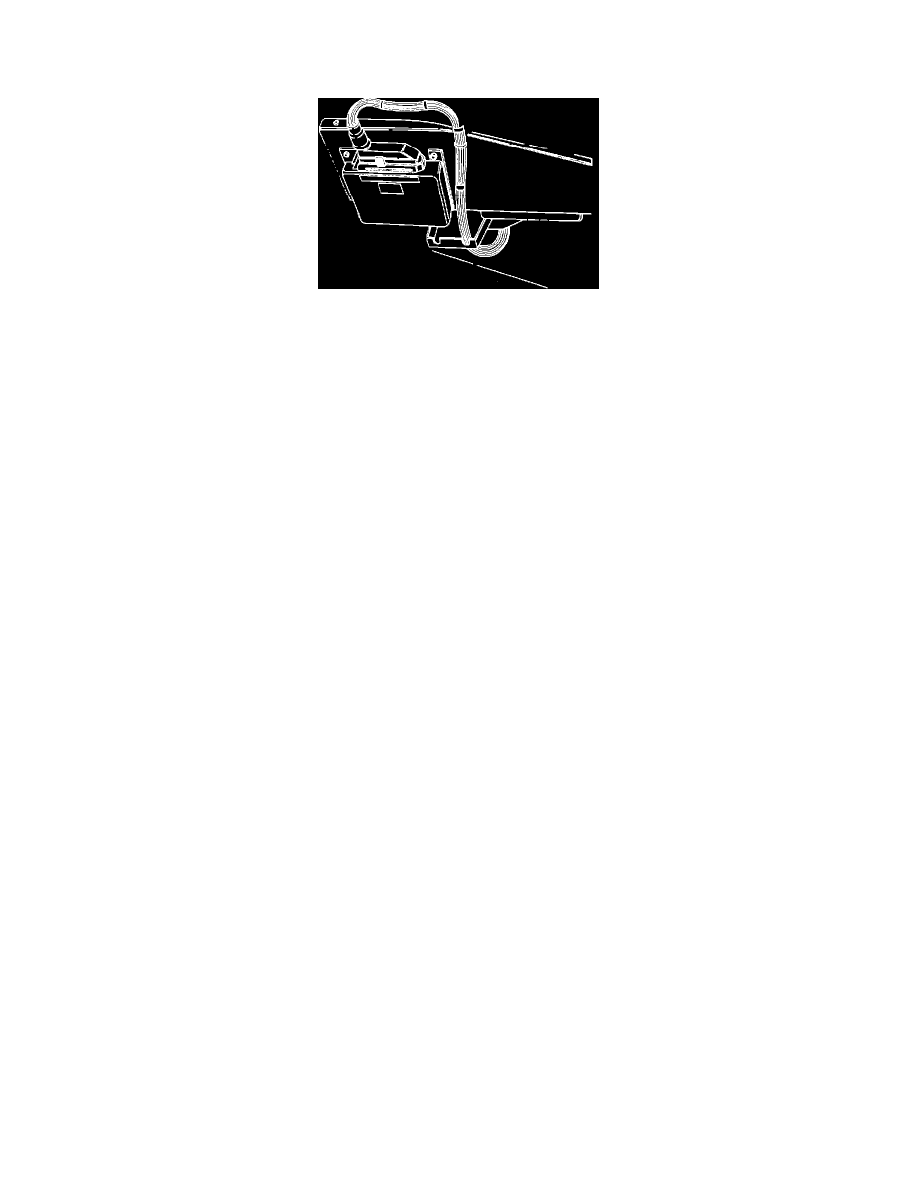XJ-6 L6-3.6L (1989)

Engine Control Module: Description and Operation
Overview
Electronic Control Unit (ECU)
The electronic control unit (ECU), located behind the passenger side dash liner, contains a microprocessor and separate electronic component circuits
that interface with various input and output devices of the engine management system.
The ECU performs system control functions such as fuel injection and ignition timing control. In order to maintain optimum air/fuel ratio through its
control of the fuel injection system, the ECU monitors exhaust gas oxygen content by way of input from an oxygen sensor. When adjustments are
needed, the ECU varies injector pulse width ("ON" time) as the means of controlling air/fuel ratio. Factors such as engine temperature, intake air volume
and engine speed are also factored into ECU calculations.
The system also incorporates a "limp home" mode. When the ECU detects certain sensor failures, it will substitute preprogrammed fixed values in its
calculations, permitting continued vehicle operation until repairs can be made. However, the ECU does not substitute a value for engine speed provided
by the crankshaft sensor. The engine will not run in the event of crankshaft sensor failure.
When the ECU detects a fault, the "CHECK ENGINE" lamp on the vehicle condition monitor (VCM) is illuminated, accompanied by the "!" symbol, to
advise the driver of a failure. A record of the fault is stored in ECU memory as a numbered code and displayed on the VCM message screen next time
the ignition switch is turned to position "II."
